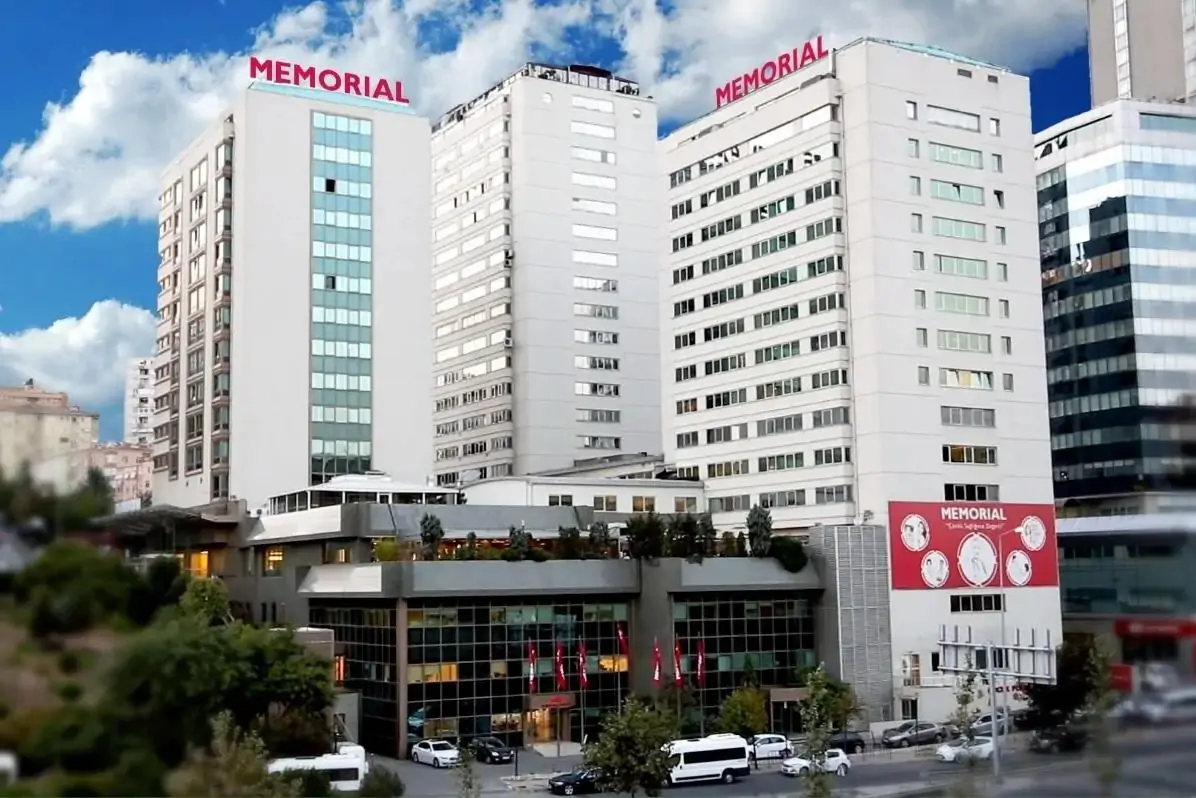Today, an air ambulance refers to a highly-coordinated healthcare airlift system offering patients in life-threatening situations that preclude ground transportation or are otherwise prevented from accessing hospital-based care the chance to survive. As long as distance, urgency or absence-of-facility present real barriers, these flying intensive-care units will keep patients stable and monitored while remaining in constant contact with critical care physicians through every step of travel.
Understanding situations requiring an air ambulance
There is no fixed pattern when it comes to the type of environment where you will likely need air-medical transport. In some cases, that may be carrying trauma-patients from mountain-roads, sometimes repatriating recovering travelers from distant countries, home again; sometimes its simply acting as a bridge between regional hospitals and specialist-care facilities. Each air ambulance flight requires sophisticated logistics —medical-team briefing, preflight checks on the aircraft, weather-window monitoring, and route-clearance processing. What all cases have in common is the same goal: keeping a patient safe while quickly transporting him or her to definitive care.
Emergency and time-critical transfers
When disaster strikes in far-flung areas — at oil-fields, on offshore-ships and along desert-routes — ground ambulances waste crucial minutes navigating terrain or distance. Air crews respond by stabilizing patients in the air, with an in-flight monitoring system similar to those used in intensive-care units. Cardiac events, strokes, severe trauma, or internal bleeding all require rapid elevation-to-treatment. The plane is transformed into an airborne hospital, with critical-care nurses and flight physicians managing medication-management and ventilator-support during transit.
Accessing specialty-care through air ambulance rates transparency
Long-distance transfers frequently center on getting to specialized centers that do not exist in the patient’s local area: oncology institutions, neurological facilities, burn-recovery hospitals, or pediatric rehabilitation centers. To know air ambulance rates is important for families and hospitals to budget appropriately when scheduling these flights. Pricing is generally based on mileage, makeup of the medical-crew, level of equipment, and aircraft-type. Transparent communication regarding such factors keeps expectations realistic and ensures that no patient faces delay due to hidden costs or misunderstanding of logistics.
Recovering or returning closer to home
Some become sick while overseas, have operations in foreign hospitals or want to convalesce near home. In those situations, medical-repatriation flights transport them home while keeping the standard of care stable during transit. These transfers require careful coordination of medical-records, customs-documentation, and post-arrival ground-support. Families gain peace-of-mind knowing recovery continues in comfort rather than in isolation thousands of miles away.
End-of-life or compassionate relocations
Not all flights involve a rescue, at least not in the conventional sense. For some patients, particularly ones under alternative care programs like hospice and palliative care, spending their last days near family is desired. It is compassion-based air transpor that makes this happen. On board, the emphasis is on comfort, pain reduction and respect, enabling passengers to rest comfortably until arrival. Emotional-support crews receive special training to maintain calm, respectful environments during the journey.
Post-surgical follow-ups and inter-facility movements
Patients often require transferring between hospitals post-surgery, for follow-up examinations or further rehabilitation. Long ground journeys may compromise recovery. There are air-medical flights which can reduce stress, vibration, and transit-time in such cases. This real time, in-flight interaction with receiving specialists assures continuity-of-care. Treatment is standardized and there are no unnecessary readmissions as a result of the handover process.
Evacuation and disaster-relief operations
In a hurricane, earthquake or wildfire, healthcare networks shatter, streets disappear and hospitals fill up. Through coordination of air ambulance when the fleets are called into mass-evacuation action, injured individuals and medically fragile civilians can be safely relocated. The pilots who train for austere-landing environments follow emergency-response protocols, working alongside civil-defense agencies and humanitarian groups. Such missions reflect the mixed civilian-and-rescue identity of the service—commercial and humanitarian.
Neonatal and pediatric transports
Bringing along babies or very young kids is also touchy. Neonatal patients are flown in aircraft equipped with incubators, ventilators and temperature control systems configured to pediatric requirements. Onboard are neonatal nurses and respiratory therapists who specialize in sensitive monitoring, rather than high-speed urgency. Every single metric — oxygen saturation, cabin pressure, noise level — is tailored to the small passengers who might require protection beyond those for whom emergency protocols suffice.
Estimating the cost for air ambulance operations
Determining precise cost for air ambulance flights depends on multiple interacting variables—distance between departure and destination, number of medical attendants, onboard life-support complexity, and aircraft availability. Transfers handled domestically can be cheaper because of shorter distances, while repatriations from abroad that entail customs-clearance and an overnight stay increase costs. Transparency is still key; reputable operators will offer estimates with line-item pricing for fuel, crew, ground handling and coordination. Knowing the price helps avert last-minute anxiety and can help secure a timely OK from insurers or family.
Navigating coverage and air ambulance insurance
Too many patients and families learn too late that standard health policies only partially cover the cost of an air-medical transport. Specialist air ambulance insurance bridges that empty space, and compensates for the costs associated with emergency-evacuations or medically-indicated travel. You should review your existing health plans and consider purchasing aviation-medical coverage before flying; it can help you avoid large out-of-pocket expenses later. Brokers frequently counsel travelers, expats and frequent-flyers to invest in annual-membership plans that provide global coverage at a known price point.
Who typically requires these services
Despite what most think, air-medical transfers are not limited to severely injured patients. Customers range from elderly travelers with heart attacks outside the country, to post-op patients going cross country to rehab centers, hospital administrators coordinating transfers between facilities and government or corporate risk-managers sending out evacuations in a disaster.
Requesting an air-medical flight
The request for an air ambulance requires clear information: the patient’s full name, date-of-birth, diagnosis, existing location, destination and insurance details. This information is then utilized by dispatch coordinators to manage suitability, arranging airframe and estimating flight-time. The process can be started by families, hospitals or insurers. Rapid communication speeds up approval and confirms medical-crew ground-ambulance linkage and receiving-hospital acceptance prior to departure.
Legal and logistical considerations
Air-ambulance flights intersect several regulatory domains: international aviation; cross-border medical licensure; and laws on patient data privacy. Hospitals and Coordinators The burden is on hospitals, coordinators for compliance documentation and informed consent obtaining. Experienced providers work together with customs and immigration departments, clearing medical-flights under international exemptions when necessary. The right documentation will make any insurance reimbursement or audit down the line easier.
Building public awareness and realistic expectations
Informing the community about under what circumstances and when such services are required will enhance decision-making in emergencies. Governments, insurers and others are incorporating aerial-medical logistics into national disaster-preparedness plans as they recognize that air response provides the crucial link between isolated victims and advanced medical resources.
FAQ
When would you need an air ambulance?
You may require an air ambulance when medical conditions demand rapid, long-distance transport that ground vehicles cannot achieve safely—serious trauma, cardiac events, strokes, organ-transplant emergencies; severe respiratory failures. These transfers have life-support during transport maintaining continuous monitoring upon arrival to definitive care.
Why would someone need to be airlifted?
Airlifts are needed when the terrain, weather or geography stands in between the sick people and an accessible hospital. Ground evacuation in remote, offshore, or disaster-struck areas may also be impossible. Air-medical teams fill that gap by bringing a fully equipped airborne intensive-care unit to patients.
What is the use of air ambulance?
Air-medical does more than deal with emergency situations. It might mean moving recovering patients to be closer to home, accessing specialty hospitals, or doing compassionate end-of-life transfers.
Why do air ambulances come?
Air ambulances are here because every minute can matter when disaster, severe illness and trauma strike. They arrive with personnel and technology ready for high-altitude medicine, so patients can be stabilized, oxygenated and transported to the right facilities — regardless of miles or the vagaries of some situation.











